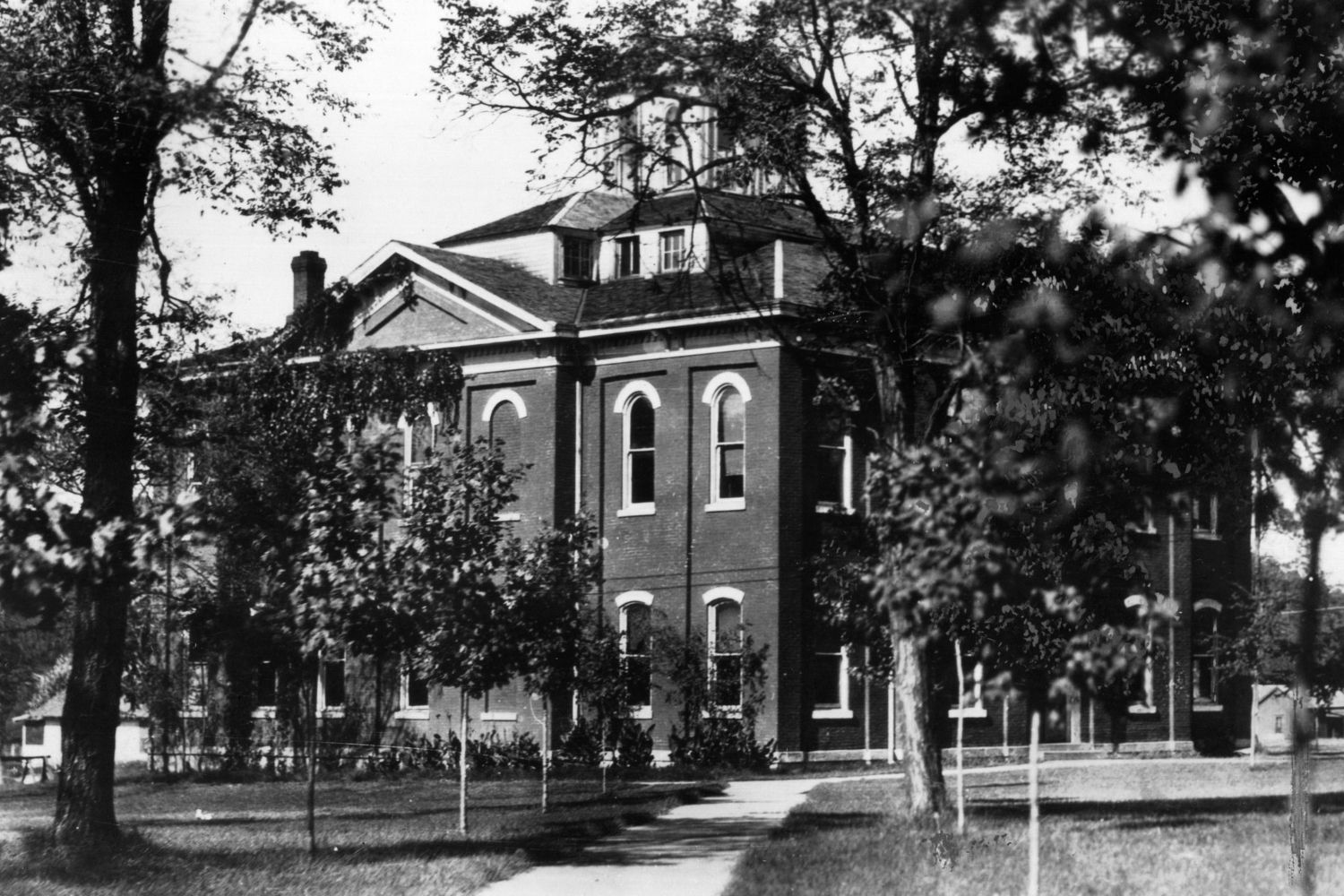Mystery Of Lost Cherokee Villages In Oklahoma

Have you ever wondered about the lost Cherokee villages in Oklahoma? These hidden gems hold stories of a rich past, waiting to be uncovered. Imagine walking through ancient paths where Cherokee families once thrived. These villages, now shrouded in mystery, offer a glimpse into a time long forgotten. From traditional homes to sacred sites, each location tells a unique story. Whether you're a history buff or just curious, exploring these villages can be an exciting adventure. Ready to step back in time and learn about the Cherokee heritage? Let's dive into the secrets of these lost villages.
The Enigmatic Allure of Lost Cherokee Villages
Oklahoma holds a treasure trove of history, especially when it comes to the Cherokee Nation. These lost villages offer a glimpse into the past, where stories of resilience, culture, and community come alive. Let's embark on a journey to uncover some of these hidden gems.
1. Talequah: The Heartbeat of Cherokee Nation
Talequah, the capital of the Cherokee Nation, is a vibrant town that still pulses with the spirit of its ancestors. This place is a living museum, where history and modernity blend seamlessly.
Highlights:
- Cherokee Heritage Center: Dive into the rich history and culture of the Cherokee people.
- Tsa-La-Gi Ancient Village: Experience a reconstructed Cherokee village from the 1700s.
- Cherokee National Supreme Court Museum: Learn about the legal history and governance of the Cherokee Nation.
2. Park Hill: A Hub of Cherokee Education
Park Hill, a small community near Talequah, was once a bustling center for Cherokee education and culture. This village played a crucial role in preserving the Cherokee language and traditions.
Highlights:
- John Ross Museum: Discover the life and legacy of John Ross, a prominent Cherokee leader.
- Murrell Home: Visit the historic home of George Murrell, a wealthy merchant married to a Cherokee woman.
- Cherokee Female Seminary: Explore the site of one of the first higher education institutions for women in the United States.
3. Fort Gibson: A Strategic Stronghold
Fort Gibson, established in 1824, served as a military outpost and a significant Cherokee settlement. This village witnessed many pivotal moments in Cherokee history.
Highlights:
- Fort Gibson Historic Site: Walk through the remains of the fort and learn about its role in the Indian Removal Act.
- Cherokee National Cemetery: Pay respects at the final resting place of many Cherokee leaders.
- Sequoyah's Cabin: Visit the home of Sequoyah, the creator of the Cherokee syllabary.
4. Webbers Falls: A Tragic Yet Resilient Community
Webbers Falls, a village with a tragic past, stands as a testament to the resilience of the Cherokee people. The town was named after Walter Webber, a Cherokee chief.
Highlights:
- Webbers Falls Museum: Learn about the town's history and the devastating flood of 1943.
- Webbers Falls Lock and Dam: Witness the engineering marvel that controls the Arkansas River.
- Cherokee Nation Community Center: Engage with the local community and participate in cultural events.
5. Stilwell: A Modern Cherokee Community
Stilwell, known for its strawberry festival, is a thriving modern Cherokee community. This village showcases the blend of traditional and contemporary Cherokee life.
Highlights:
- Stilwell Strawberry Festival: Celebrate the annual festival with delicious strawberries and local crafts.
- Adair County Historical and Genealogical Association: Research your Cherokee ancestry and explore historical records.
- Cherokee Nation Health Services: See how the Cherokee Nation provides healthcare to its people.
6. Sallisaw: A Blend of History and Nature
Sallisaw, nestled in the foothills of the Ozark Mountains, offers a mix of historical sites and natural beauty. This village is a perfect spot for history buffs and nature lovers alike.
Highlights:
- Sequoyah's Birthplace Museum: Learn about the life of Sequoyah and his contributions to the Cherokee language.
- Brushy Lake Park: Enjoy outdoor activities like fishing, hiking, and picnicking.
- 14 Flags Museum: Explore the history of the region through the lens of the various flags that have flown over it.
7. Vian: A Gateway to Cherokee Heritage
Vian, a small town with a rich Cherokee heritage, serves as a gateway to understanding the deeper aspects of Cherokee culture and history.
Highlights:
- Cherokee Nation Community Center: Participate in cultural workshops and events.
- Tenkiller State Park: Experience the natural beauty of Lake Tenkiller and its surroundings.
- Vian Peace Center: Learn about the efforts to promote peace and understanding within the community.
Discovering Hidden History
Exploring the lost Cherokee villages in Oklahoma offers a unique glimpse into the past. These hidden gems reveal stories of resilience, culture, and community. Visiting these sites, you can feel the connection to the Cherokee people and their rich heritage. The ancient trails, sacred sites, and historical landmarks provide a tangible link to the past, making history come alive.
For history buffs, students, or anyone curious about Native American culture, these villages are a must-see. They remind us of the importance of preserving and respecting the history of indigenous peoples. So, next time you're in Oklahoma, take a detour to explore these fascinating sites. You'll leave with a deeper appreciation for the Cherokee Nation and its enduring legacy.

